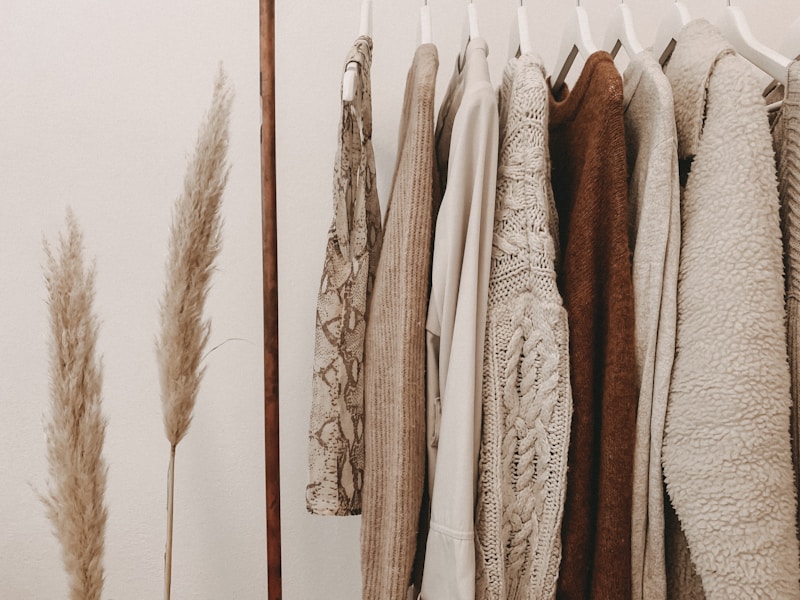Understanding Dress Preservation: A Comprehensive Guide to Protecting Historical Fashion
Introduction to Dress Preservation
In today's world, where fashion trends change rapidly, understanding dress preservation has become increasingly important for historians, collectors, and fashion enthusiasts alike. The preservation of dresses—not only for their aesthetic value but also for their historical significance—offers us a glimpse into the past, enabling future generations to appreciate the artistry and cultural narratives embedded in clothing. This article delves into the fundamentals of dress preservation, effective techniques, and common challenges faced by preservationists.
The Importance of Dress Preservation
Preserving dresses plays a crucial role in maintaining cultural heritage. Historical garments tell stories about the people, places, and events of their time. Here are a few reasons why dress preservation matters:
- Historical Significance: Each dress may represent a specific era, showcasing the styles, materials, and craftsmanship of that period.
- Cultural Identity: Fashion often reflects societal norms and cultural identities, providing insights into gender roles, social classes, and even economic conditions.
- Educational Value: Preserved dresses serve as educational resources for students, historians, and museum-goers, fostering an understanding of fashion evolution.
Common Challenges in Dress Preservation
Despite the importance of dress preservation, several challenges can hinder effective practices. Some common issues include:
- Environmental Factors: Light, humidity, temperature, and pests can cause irreversible damage to fabrics and embellishments.
- Improper Handling: Inadequate care during handling can lead to tears, stains, or distortions in shape.
- Material Degradation: Natural fibers, such as cotton and silk, are particularly vulnerable to deterioration over time.
Essential Techniques for Dress Preservation
To combat the challenges of preserving historical dresses, a multi-faceted approach incorporating various techniques is essential. Here are some effective strategies:
1. Proper Storage Conditions
Creating an ideal environment for dress storage is fundamental. Key considerations include:
- Temperature and Humidity Control: A stable temperature between 65°F and 70°F (18°C to 21°C) and humidity around 40-50% can help prevent mold and fabric damage.
- Darkness: Continuous exposure to light can lead to fading; thus, storing garments in dark containers or wrapping them in acid-free tissue is recommended.
2. Appropriate Handling Techniques
When handling dresses, following best practices minimizes wear and tear:
- Clean Hands: Always wash and dry your hands before touching the garment to prevent transferring oils or dirt.
- Support the Garment: Use padded hangers for dresses to support their shape and avoid pulling on delicate fabrics.
3. Cleaning and Conservation
Cleaning artifacts is crucial but must be approached carefully. Here’s what to keep in mind:
- Consult Professionals: For valuable items, seek advice from conservation experts before attempting restoration.
- Gentle Cleaning Methods: For minor surface dirt, use soft brushes or lint rollers; avoid aggressive cleaning agents that may cause damage.
4. Documentation and Provenance
Maintaining thorough documentation helps ensure a garment's historical integrity:
- Record Details: Note the garment’s age, material, designer, and any relevant historical context.
- Provenance Tags: Attach tags indicating the dress’s history and previous owners to maintain its backstory.
Comparative Table of Common Preservation Methods
| Method | Description | Best For |
| Climate Control | Maintaining stable temperature and humidity levels | All natural fabrics |
| Acid-Free Storage | Using acid-free boxes and tissue for wrapping | Valuable dresses and textiles |
| Professional Cleaning | Engaging experts for specialized cleaning | Historical or heavily soiled garments |
| Supportive Hangers | Using padded hangers and avoiding clips | Delicate materials |
Community and Institutional Support
Local historical societies, museums, and conservation organizations play a vital role in promoting the preservation of cultural garments. They can offer resources, workshops, and internships to engage community members in preservation efforts. Furthermore, collaborating with universities can pave the way for more research and innovation in preservation techniques.
The Future of Dress Preservation
As technology advances, new methods for preserving dresses are emerging. Digital archiving, for example, allows the creation of virtual collections that can be shared worldwide, ensuring that even if physical garments degrade, their digital representations remain intact. Innovations in material science and conservation techniques promise to enhance our preservation capabilities significantly.
Final Thoughts
Understanding dress preservation is not just a practice; it’s a responsibility shared by collectors, curators, and everyday enthusiasts. By implementing proper techniques and actively engaging in dialogue about preservation methods, we can protect our fashion heritage for future generations. Whether you are a curator, a collector, or simply someone interested in fashion history, prioritizing dress preservation is essential. Remember, the care and respect you provide today will echo into the future, ensuring that the stories and artistry woven into these garments will live on.
As you embark on your dress preservation journey, consider the points mentioned here and engage with the community. Together, we can enhance our understanding and appreciation of the rich tapestry that fashion provides.
